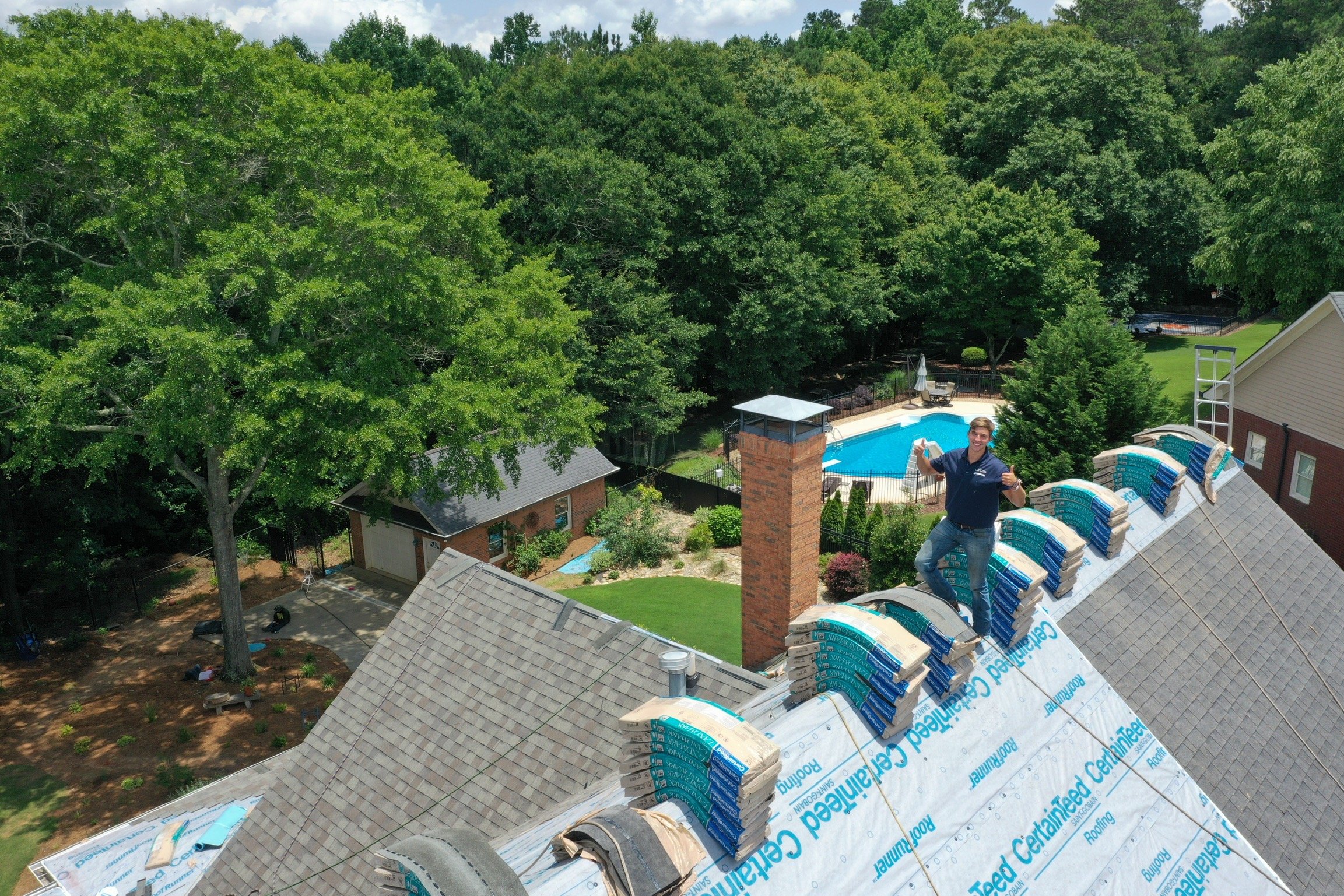Roofing is a crucial part of structure for a number of necessary causes:

Protection from the Elements: One of the primary capabilities of a roof is to provide shelter and safety from environmental parts such as rain, snow, wind, and extreme temperatures. It prevents water from entering the constructing, which can cause structural injury, mould progress, and different points.
Structural Integrity: Roofs play a vital role in maintaining the structural integrity of a building. They distribute the burden of the roof and any hundreds (e.g., snow) evenly to the walls and basis. A well-designed and correctly constructed roof ensures the steadiness and safety of the whole construction.
Click to find out more and Design: Roofs are a visible and outstanding a part of a constructing's exterior. Architects use roof design to enhance the general aesthetics of a structure. The form, material, and style of the roof can contribute to the architectural character and enchantment of a constructing.
Environmental Considerations: Sustainable architecture locations an emphasis on energy efficiency and environmental accountability. Roofing materials and design can impression a building's vitality efficiency. For instance, cool roofs can replicate more daylight and take in much less warmth, reducing cooling costs and concrete warmth island results.
Natural Lighting and Ventilation: Roof design can incorporate options like skylights, dormers, and roof vents to provide natural lighting and ventilation within a building. This can improve indoor consolation and cut back the necessity for synthetic lighting and mechanical ventilation.
Historical and Cultural Significance: In some architectural kinds, such as Gothic or Victorian, the roof can be a key factor that reflects the historic and cultural context of a building. Roof details and shapes can inform a narrative about the era by which a structure was built.
Space Utilization: Roof design can create further usable area inside a constructing, corresponding to attic rooms, rooftop gardens, or out of doors dwelling areas. Architects typically contemplate tips on how to maximize house and functionality when designing roofs.
Energy Efficiency: Energy-efficient roofing materials and design can contribute to a constructing's overall energy efficiency. Proper insulation and air flow might help regulate indoor temperatures and reduce heating and cooling costs.
Safety and Fire Resistance: Roofing supplies are chosen with safety in mind. Some materials, like fire-resistant roofing, may help forestall the spread of fires in a constructing, offering priceless time for occupants to evacuate.
In summary, roofing is a basic aspect of architecture that mixes functional and aesthetic concerns. It not only protects the inside of a constructing from the elements but additionally contributes to the general design, sustainability, and safety of a construction. Architects rigorously think about roofing materials, shapes, and features to achieve their design objectives while ensuring the consolation and well-being of building occupants..
